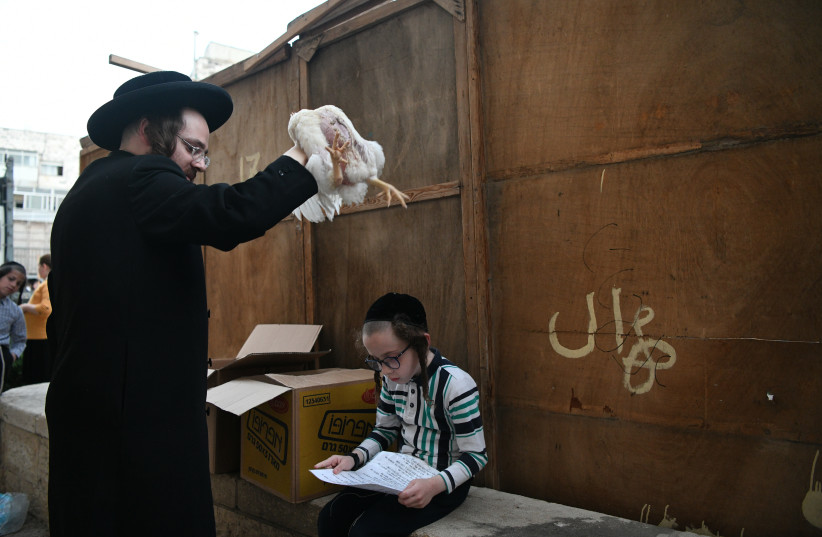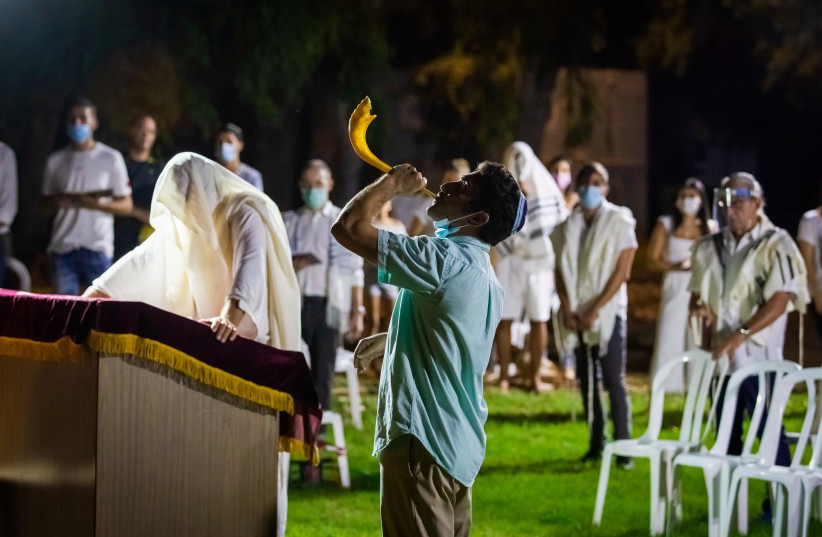Here’s a rundown on what you need to know:
history and meaning
cnxps.cmd.push(function () { cnxps({ playerId: ’36af7c51-0caf-4741-9824-2c941fc6c17b’ }).render(‘4c4d856e0e6f4e3d808bbc1715e132f6’); });
if(window.location.pathname.indexOf(“656089”) != -1){document.getElementsByClassName(“divConnatix”)[0].style.display =”none”;}else if(window.location.pathname.indexOf(“/israel-news/”) != -1){ document.getElementsByClassName(“divConnatix”)[0].style.display = “none”; var script = document.createElement(‘script’); script.src=”https://player.anyclip.com/anyclip-widget/lre-widget/prod/v1/src/lre.js”; script.setAttribute(‘pubname’, ‘jpostcom’); script.setAttribute(‘widgetName’, ‘0011r00001lcD1i_12258’); document.getElementsByClassName(‘divAnyClip’)[0].appendChild(script);}else if(window.location.pathname.indexOf(“/health-and-wellness/”) != -1){ document.getElementsByClassName(“divConnatix”)[0].style.display = “none”; var script = document.createElement(‘script’); script.src=”https://player.anyclip.com/anyclip-widget/lre-widget/prod/v1/src/lre.js”; script.setAttribute(‘pubname’, ‘jpostcom’); script.setAttribute(‘widgetName’, ‘0011r00001lcD1i_12246’); document.getElementsByClassName(‘divAnyClip’)[0].appendChild(script);}
The Yom Kippur fast is explained in the Bible, described in the book of Leviticus as a day of cleansing, where the Jewish people atone for their sins, become cleansed, and pray that they may return to life. be marked in the book.
Going back to biblical times, it has been a part of much of Jewish lore and history for thousands of years and has become intrinsically rooted in Jewish and Israeli culture. This is to the extent that many otherwise non-observant Jews will still go out of their way to celebrate the holiday in at least some capacity – especially by attending synagogue services.
A famous example of Yom Kippur observance from otherwise secular Jews is Baseball Hall of Famer Sandy Koufax, who refused to pitch in Game 1 of the 1965 World Series due to being on Yom Kippur.
For others, especially in Israel, the holiday is known as the day when almost the entire country shuts down, everything shuts down and the streets are quiet. It has become a popular pastime among secular Israelis to ride bicycles on empty roads throughout the country.
In ancient times, the holiday was quite different, with a very complex set of rules and practices regarding the use of the temple and the role of Kohen Gadol. It involved a number of sacrifices, rituals such as throwing a goat off a cliff to take away the sins of the Jewish people (the origin of the word “scapegoat”) and most famously, going to the Cohen Gadol Holy of Holies (Kodesh Hakodashim) and praying with the Tetragrammaton, the true four-letter name of God.
However, as the temple has been destroyed, these rituals are no longer observed, although they are remembered in Yom Kippur prayer services.
rules
Like Shabbat, the use of electronics and labor is prohibited. However, it doesn’t stop here. Bathing and washing hands, wearing deodorant, wearing leather, wearing jewelry and having marital relations are also prohibited.
Jews traditionally wear white clothing on the holiday, Ashkenazi Jews wear a white coat known as a . is referred to as kittel In full prayer.

The two most notable rules, however, are fasting and prayer.
Food and water should be completely avoided in connection with the fast. While there are cases in other fasts where someone feeling sick is not obliged to fast, the rules are much stricter with Yom Kippur.
Another hallmark of Yom Kippur are prayer services, which are widespread. They start at night on the eve of Yom Kippur with the famous “kol nidreiPrayer, which is for the renunciation of vows. Prayer is one of the most revered in Judaism and dates back to antiquity.
The next day is characterized by incredibly long prayer services. While there are usually three services on most days (Shacharit in the morning, mincha in the afternoon and marivi at night) and most festivals have four (incl. reasonable), Yom Kippur has five, the fifth is known as blue And it’s finally happening.
Each prayer service is known to be very long, especially the repetition of the Chezan Ki Shamona Esrei, the troupe often breaks into very long, emotional and melodious songs as they sing along to the chazan.
The prayers themselves also include: inside And selichote, who ask for repentance for their sins.
The cycle of the holiday began with Rosh Hashanah, and as such, includes several additions said during the Ten Days of Repentance.
The full range of the traditional Yom Kippur prayer is so broad that a specific Sidduri (prayer book) will not have all this, and instead one must use a special book called a . is called strong.
The Torah is read several times throughout the holiday, and during mincha, ns week The section reads the entirety of the book of Jonah, a famous story of God’s forgiveness.
prayer services end blue, which ends with a very long blast of shofar and, in many cases, singing”Leshana Haba B’Jerusalem“(Next year in Jerusalem).

Due to the long duration of prayer services, in some synagogues the worshipers actually stay throughout the day, beginning with the day of fasting. Shacharit To the end, but not everywhere.
When does fasting start and end?
Jerusalem
Fast start: 6:09 pm
Fasting ends: 7:19 pm
Tel Aviv
Fasting begins: 6:26 pm
Fasting ends: 7:21 pm
Haifa
Fasting begins: 6:18 pm
Fasting ends: 7:21 pm
Beersheba
Fasting begins: 6:27 pm
Fasting ends: 7:21 pm
Eilat
Fasting begins: 6:15 pm
Fasting ends: 7:19 pm
New York
Fasting begins: 6:46 pm
Fasting ends: 7:45 pm
angel
Fasting begins: 6:41 pm
Fasting ends: 7:40 pm